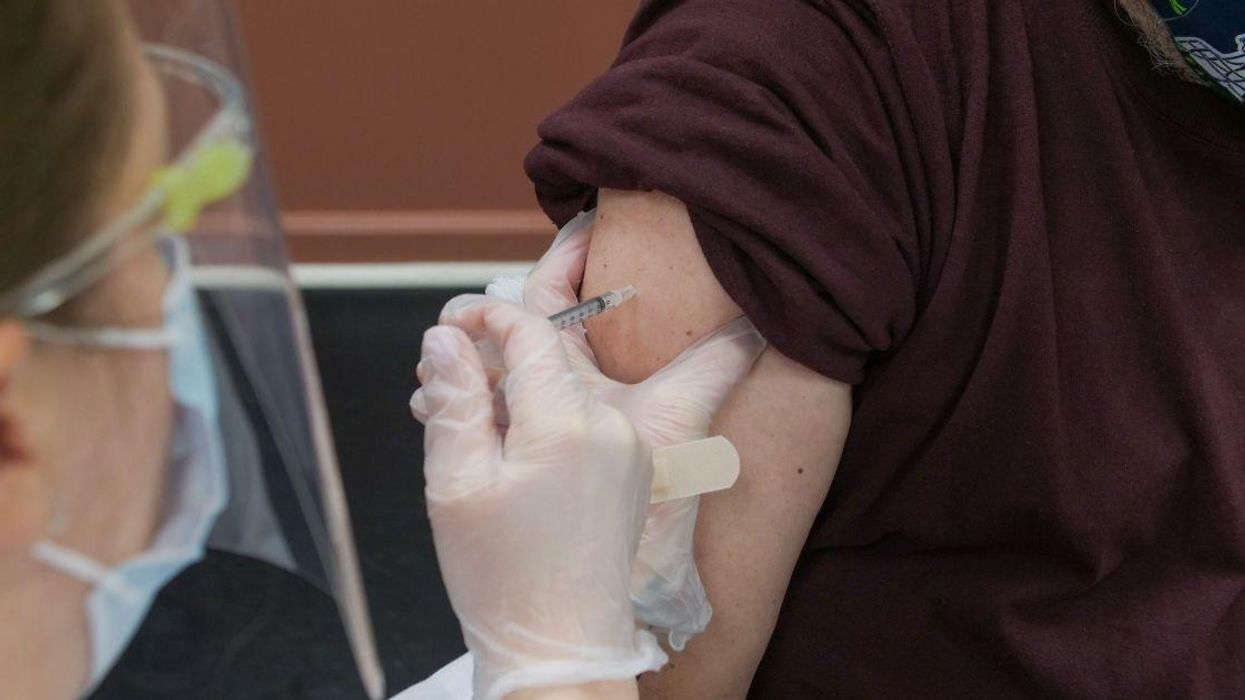
As a writer, few things grate my nerves like people reacting to a headline without actually reading the article, and yet it happens all the time. I’ve had people try to defend this practice (“It’s your fault for writing the headline that way!”) but no matter how it’s written, a headline is never going to be a full story. Never ever. An article’s worth of information cannot be encapsulated in 90-characters-or-less, and distilling the essence of a piece in a way that is both informative and inspires people to read it is more complicated than it looks.
On that note, let’s talk about the Johnson and Johnson vaccine news that came out today, because people who don’t read beyond the headlines are getting a skewed picture of the efficacy of this vaccine. Here are some samples of the wording major news organizations used in their headlines and social media share texts this morning:
“Covid vaccine: Single dose Covid vaccine 66% effective” – BBC
“Johnson & Johnson COVID-19 vaccine 66% effective in global trial, company says” – Fox News
“Johnson & Johnson COVID-19 vaccine is 72% effective in the U.S., and 66% overall in large trial” – Reuters
“Johnson & Johnson’s single-dose Covid-19 vaccine was 66 percent effective at preventing moderate and severe disease in a global study” – Politico
“Johnson & Johnson vaccine is 66% effective in preventing moderate to severe COVID-19, a global study finds” – NPR
“Single-shot Johnson & Johnson vaccine 66% effective against moderate to severe covid-19, but worked less well in variant hot spot” – Washington Post
I shudder to think of how many people are going to glance through the news, see headlines like this, and say to themselves “Oh, I guess the J & J vaccine basically sucks compared to the 95% effective mRNA ones.” And I lament how many will not have the far more appropriate reaction of, “Wow, the J & J vaccine is 100% effective at preventing hospitalizations and death from COVID! How amazing!“
That’s right. Zero hospitalizations and zero deaths in the 44,000 person trial—a hugely significant detail you’d miss if you only read those “66% effective” headlines. The vaccine is also 85% effective at preventing severe illness (presumably meaning bad symptoms but not quite bad enough to need hospitalization) 28 days after the shot, and 100% at preventing severe illness 49 days after. How is that not incredible news?
To read the 66% headlines—and even some full articles, surprisingly—you’d never know how effective this vaccine actually is in the ways that count the most. You might even assume that statistic means that 34% of people still have a chance of getting COVID and dying after getting this vaccine, when that’s not the case at all.
The primary goal of COVID immunization is to keep people from dying and/or getting severely ill from the virus so we can return to normalcy as soon as possible. This vaccine does that. That’s the detail that should be dominating the headlines. Of course, we’d love to see a vaccine that prevents all sickness, but that’s a tall order for any inoculation. Even the 66% efficacy is good for a new vaccine, and if anything, it just goes to show how incredibly effective the mRNA versions are. But the bottom line is this is a life-saving vaccine, full stop.
That doesn’t mean it’s perfect or just as effective as the mRNA vaccines from Pfizer and Moderna. There are still questions about whether or not these vaccines can prevent people from carrying the virus, and there are some concerns about decreases in vaccine effectiveness on some of the variants we’re seeing pop up around the world.
But there’s a reason epidemiologists are still referring to this vaccine as a “game-changer.“
One key feature of the Johnson & Johnson vaccine is that it only requires a single dose. Considering the logistical and cost challenges of getting people to show up for two shots several weeks apart, that’s a big deal. The vaccine also only requires refrigeration to be shipped and stored—unlike the Pfizer vaccine, which has to be kept at minus 70 degrees celsius—which opens up the door to getting far more people vaccinated far more quickly in far more places around the globe. In a pandemic like this one, those details do indeed change the game.
A repeated lament I’ve seen from many public health officials is that so much news coverage and messaging on COVID vaccines downplays how amazing it is that we even have them at this point, much less how effective they are. For a novel virus, vaccine development has gone incredibly well, and it is a testament to modern science and that we have several effective vaccines less than a year into a pandemic.
All of this is fabulous pandemic news, but you’d never know it if you only read the headlines.
The moral of this story is please, please, please always read articles in full before reacting. As much as I wish news outlets had avoided choosing to highlight the “66% effective” stat over the “100% hospitalization and death prevention” stat, I also know that there’s no perfect way to write a headline. We’re all bombarded by news and links, but people have to get over the habit of assuming a headline has all of the info, or even the most important info, and get in the habit of clicking and reading.
And if you’ve made it to this line, thank you for being part of the solution and not part of the problem. High five.



